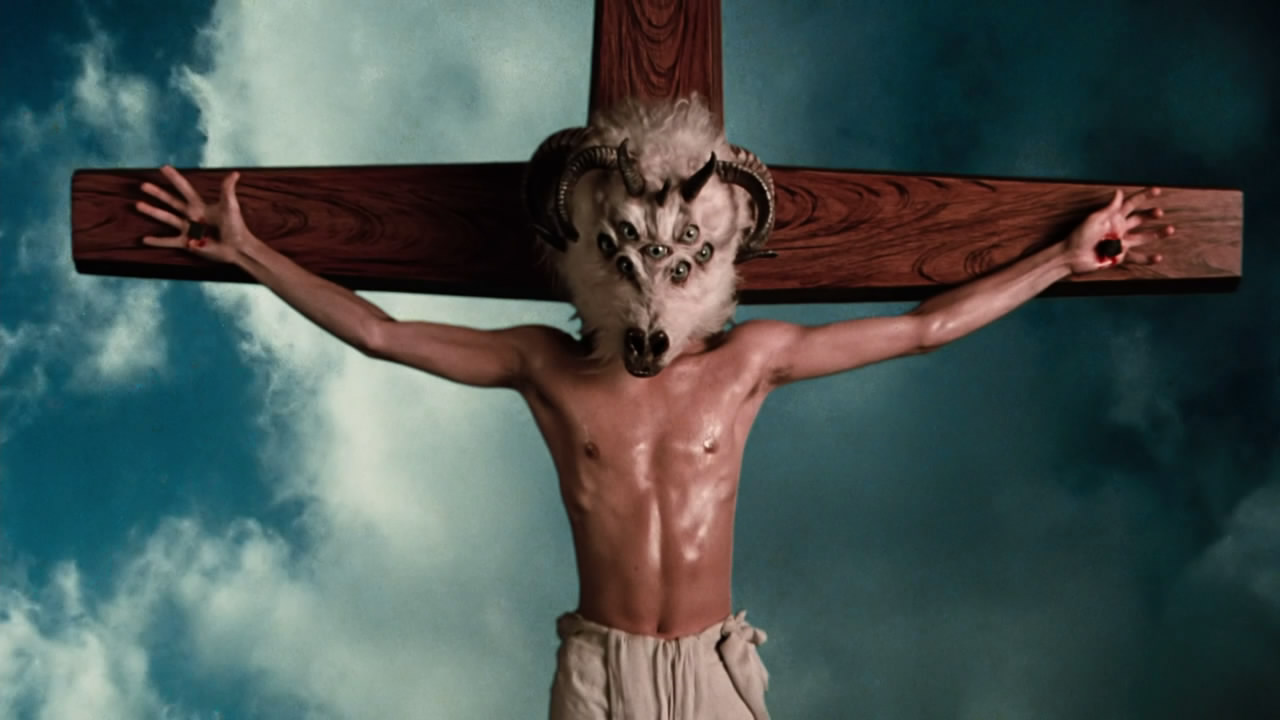
Aleister Crowley, an English novelist, poet, artist and “ceremonial magician” has had a acute influence on art. However, this influence is woven within the context of his philosophical religious movement, Thelema, and the impact that it has had upon its adherents (both past and present).
Thelema’s influence throughout the last century is an influence that is one that persists within the shadows of culture. It developed as a re-imagining of renaissance-era philosophical law/logic that originated within the secret societies of Europe, such as Francis Dashwood’s Hellfire Club, The French Club des Hashischins (Hashish-User’s Club), the philosophy of Francois Rabelais (a Franciscan Monk, most known for his synthesis of Christian humanism with the ideals of the Greek Stoic philosophy), as well as the influence of various other hermetic orders such as the Freemasons.
Crowley, influenced by the ideals of Dashwood and the humanist philosophy of Rabelais, decided to embark on a path toward the design of a hermetic order that would combine the organizational structure of such previous groups with the philosophical underpinnings of Rabelais.
In this way, Crowley believed he could revive interest into what was termed ‘Magick’, a ritual practice different from stage performance what is generally termed by Thelemites as “magic”. To Crowley, the performance of ceremonial Magick was essential to the process of self-discovery and self actualization. He described the process of Magick as being the act of :
“[finding out for oneself], and make sure beyond doubt, who one is, what one is, why one is …Being thus conscious of the proper course to pursue, the next thing is to understand the conditions necessary to following it out. After that, one must eliminate from oneself every element alien or hostile to success, and develop those parts of oneself which are specially needed to control the aforesaid conditions.”
This process of self-discovery actualized by the practice of Magick has found its way into experimental film, blockbusters, comic books, novels, television and performance art.
Thelema, though not as popular as an organized religious practice as it was in the past has seeped its way into the creation of popular media by creators like Alan Moore, Grant Morrison, H.R. Giger and Alejandro Jodorowsky. The following list of films expresses the impact that Thelema and its occult antecessors have had on film culture.
10. Inauguration of the Pleasure Dome (1954)

Kenneth Anger’s short film, Inauguration of the Pleasure Dome is at once a cerebral voyage into the unconscious and an exploration into the nature of an image’s impact upon society.
It explores the ways in which archetypal thinking can influence a person’s perception of history, both in terms of an individual’s history influences their decisions (particularly decisions involving the difference between spiritual and physical self-fulfilment) and the way the myths and histories of their culture can influence the value they place upon these choices.
The film was inspired by Kubla Khan, a 1797 poem written by Samuel Taylor Coleridge which was written under the influence of an opium-dream. It describes Xanadu, the summer palace of Kublai Khan and relates what Coleridge describes as the ‘two sides’ of creative power; one which is harmonious with nature and the other side which is incompatible with nature.
The poem makes notable use of chiasmus, which is a figure of speech concerning the reversal of clausal structures to display an inverted sense of parallelism (i.e. JFK’s often quoted phrase: Ask not what your country can do for you, ask what you can do for your country).
This parallelism is expressed in Anger’s film by placing archetypal characters in the context of Thelemic ritual. By placing an emphasis on balance, Anger sought to appropriate the mythic figures (as Coleridge did in Kubla Khan) and use them as agents of self-reflection, fulfilling Crowley’s notion that self-realization comes from the understanding of archetypes and ritual as a means of exploring oneself.
9. The Wormwood Star (1955)
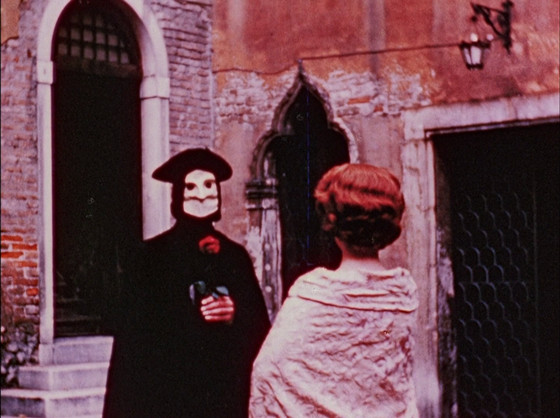
Curtis Harrington’s The Wormwood Star, a biographical film that considers Marjorie Cameron in the context of the underground occult movement of the 1950s/60s in the United States in particular in that it uses the cinematic language of Kenneth Anger to depict a sort of ‘living symbiosis’ of philosophy, Thelemic aesthetic and biography.
Marjorie Cameron was an actress, poet, and artist who was an essential ideologue and proponent of Crowleyism/American Thelema. She was married to Jack Parsons, another occultist and follower of Thelema.
After his death in 1952, Cameron became obsessed with contacting his spirit by Magick means and became increasingly withdrawn and secluded, concerning herself with apocalyptic predictions for American society and more drawn into the occult practices described by Parsons that purported to bring about a prophetic sort of messianic figure called “Babalon”.
In Harrington’s portrait of Cameron, he portrays her as a figure called “The Wormwood Star”, which has its roots in the Biblical Book of Revelation.
The Wormwood Star was described as an angel, symbolic in its nature as a harbinger of the apocalypse, sounding it’s trumpet and bringing about acid rain, a moving the wind in force. Her depiction as The Wormwood Star places her into the context of Thelemic and occult theology, she was thought by her husband, Parsons, to be an incarnation of Babalon, or the Scarlet Woman, which was an archetype attributed to Crowley.
The Scarlet Woman was described as “The Mother Goddess” in Thelemic theology. Harrington’s film plays further into the neo-gnosticism of Thelema and is a valuable entry point into the thoughts and theology of the occult’s influence in North America as Harrington would move on to have a great influence in Television, bringing some of his neo-occult ideas to shows like Logan’s Run, Charlie’s Angels, the 1980s reboot of the Twilight Zone and many others.
8. The Devil Rides Out (1968)
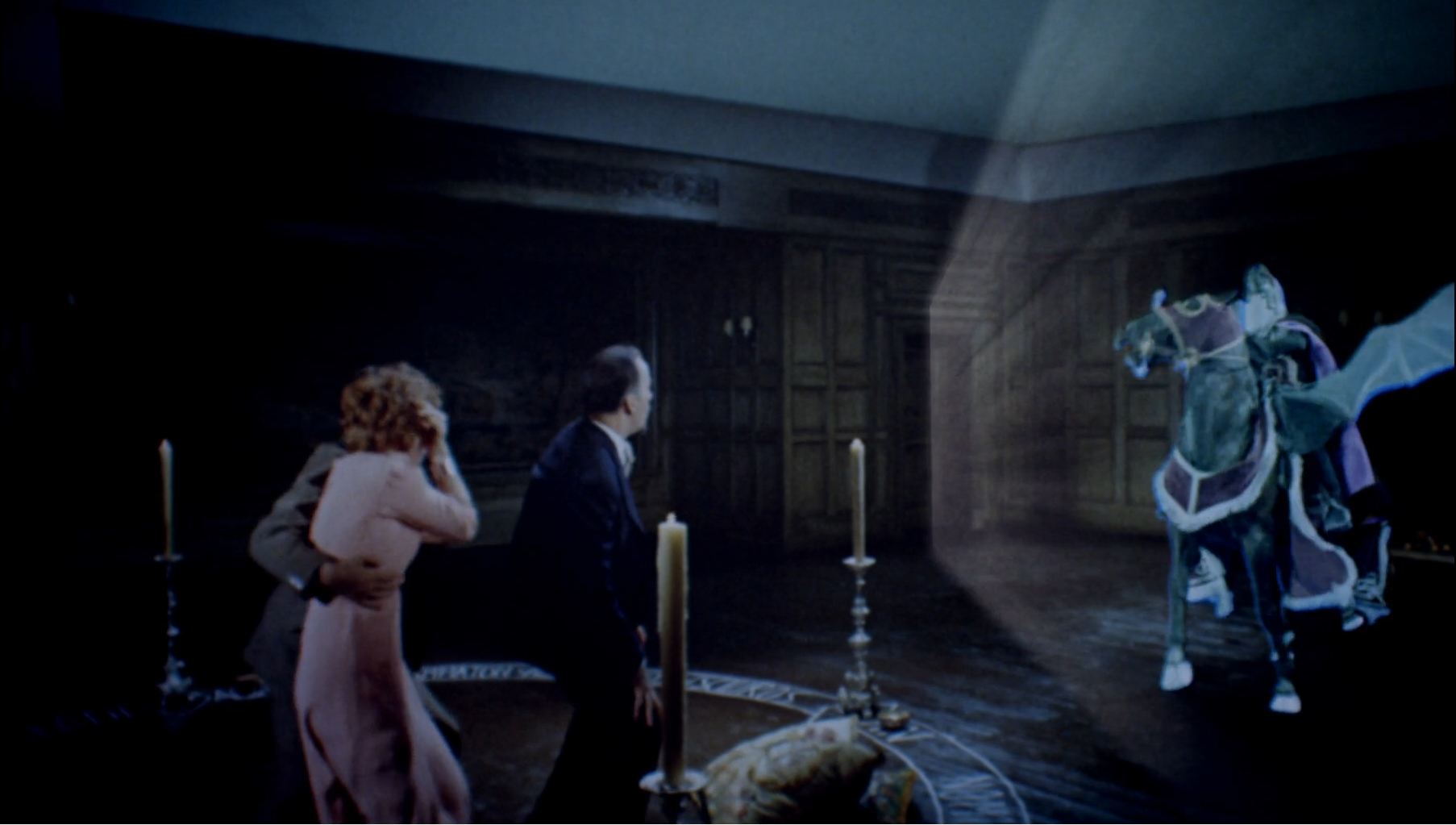
Terence Fisher, a master of classic horror, is known for his reconsiderations and interpretations of age-old horror stories like Frankenstein, The Phantom of the Opera, Dracula and The Curse of The Werewolf. Fisher’s films are generally seen as B-Movies, and this is where The Devil Rides Out differentiates itself from the rest of his work.
The film deals with the influence of groups like Thelema on youth-culture in Britain. Although the film takes place in the 1920s, it can be viewed as a commentary on the influence of the neo-occult through the 1950s and its appropriation by youth-groups in the counterculture of the 1960s.
It opens with two young men involved in ceremony to invoke the devil himself (as Baphomet) and their subsequent rescue from the cult by the Duke of Richleau (an occult investigator made famous by Dennis Wheatley’s series of books.).
In this way, it could be said that the Devil Rides Out is a sort of societal critique of the occult’s influence on popular culture and its implication as a wider set of influence upon youth. This sort of expression of societal impression of the occult movement is compelling in that it depicts an opposition to the growing interest of the public in these ideas and philosophies.
By depicting the occult as something to be opposed (in both the film and the original book) it develops a sort of antagonism by the public against the growth of the occult and its influence on thought. It is definitely not the first time that the occult has been depicted as something to be avoided, but is remarkable in that someone who has consistently profited off of these ideas and myths is able to reverse form and profit off of the fear of these ideas.
7. Haxan: A Tale of Witchcraft Through the Ages (1922)
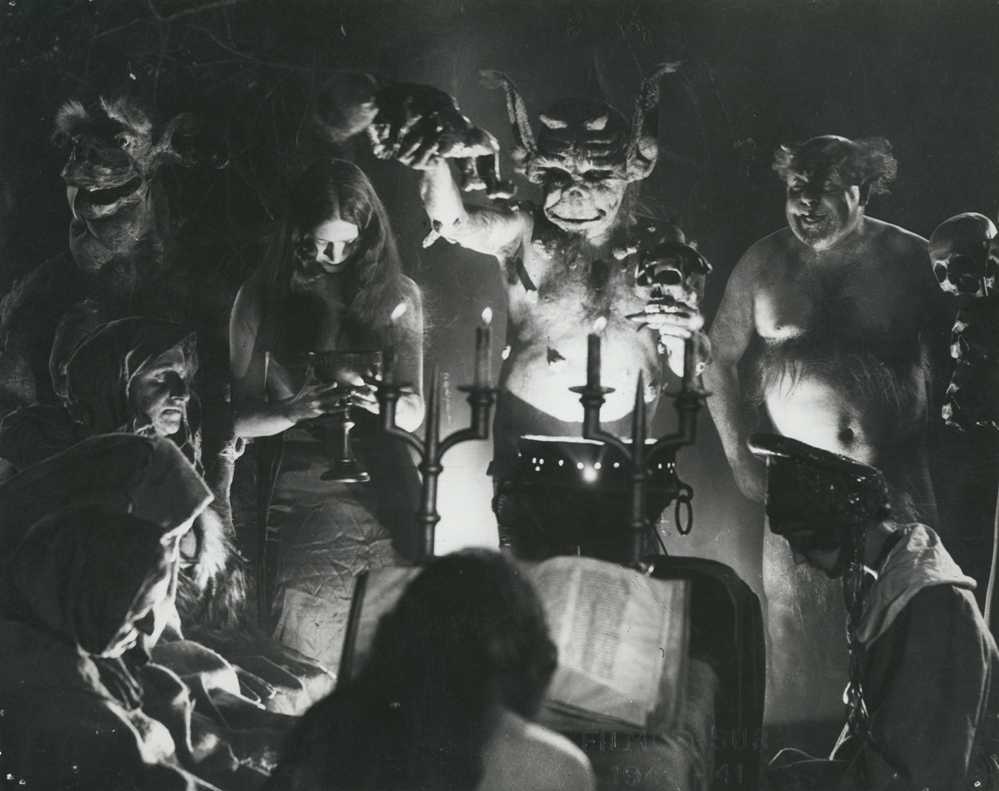
Benjamin Christensen’s Haxan is a dissertation on the development of occult mythologies and their impact on modern society, specifically as it applies to the misunderstandings of mental illness and the tendency of people to associate the mentally ill with theological ideas of possession, demonology, etc. (especially in eras before modern psychology/medicine.)
Here, Christensen demonstrates the mythopoetics of medieval superstition through the ages and how these concepts influenced modern societal perspectives on the occult, the mentally ill and the philosophy that underpins these ideas. It scores the importance of acknowledging ignorance and criticizes the past treatment of individuals (as well as using heavy irony in its depiction of modern treatment of those suffering from mental illness as still marginalized and ignored as people.)
Haxan may not overtly deal with the occult in the ways that other films that are seriously involved in Thelemic practices might, however there is an overlap in the way the film acknowledges the notion of ignorance, particularly as it applies to superstition and understanding.
Where Crowley demonstrates the difference between ‘stage magic’ and superstition as opposed to the symbolism of his practices, Christensen analyses the practices of both those involved in the occult and the supposed ‘moralists’ of the past.
He proposes that those who practiced witchcraft were demonised for ulterior purposes (such as the assertion of religious hegemony) and that those who think differently may perhaps have insight into certain areas of thought that can benefit society in positive and constructive ways.
6. The Witch (2015)
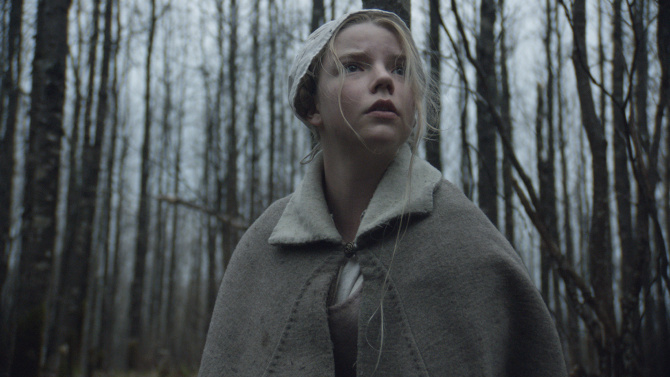
Eggers’ The Witch is similar to Haxan in its approach to its criticism of religious zeal and the influence of the occult upon a spiritual society.
It concerns itself with the story of a Puritan Family in the late 1600s, during the colonization of Eastern North American and could be described as a metaphor for the way the unknown works upon our consciousness and drives us towards a psychological way of uniting our belief in supernatural protection from the harshness of reality.
As people, we are ready to accept that which cannot be explained is divine, but yet seek to reign in nature to fit us. This is something that “civilization” itself cannot do, yet we remain convinced that through our belief in divinity we will be saved of the realization that our inconsequence is not really so, and is a matter of earthly illusion.
In this sense, the eponymous Witch of the film symbolizes a desire of people to reach above a subservience to nature, in fact to control it, which is something that neo-occultists and Thelemites realized as important to self-actualization.
Thomasin, the protagonist of the film could be described as a prototype for the ideal that Crowley describes in his work. Someone who acknowledges that nature of reality as part of a totality of experience, something to be integrated into a whole, rather than something to be conquered by divine authority.
The Witch in the film is terrifying, yes, but the fear does not come from the nature of the witch as occult, but rather that the occult is synthesized with nature as a means of protecting individuality and the social integration of our personality with the world outside of our perception of ourselves.